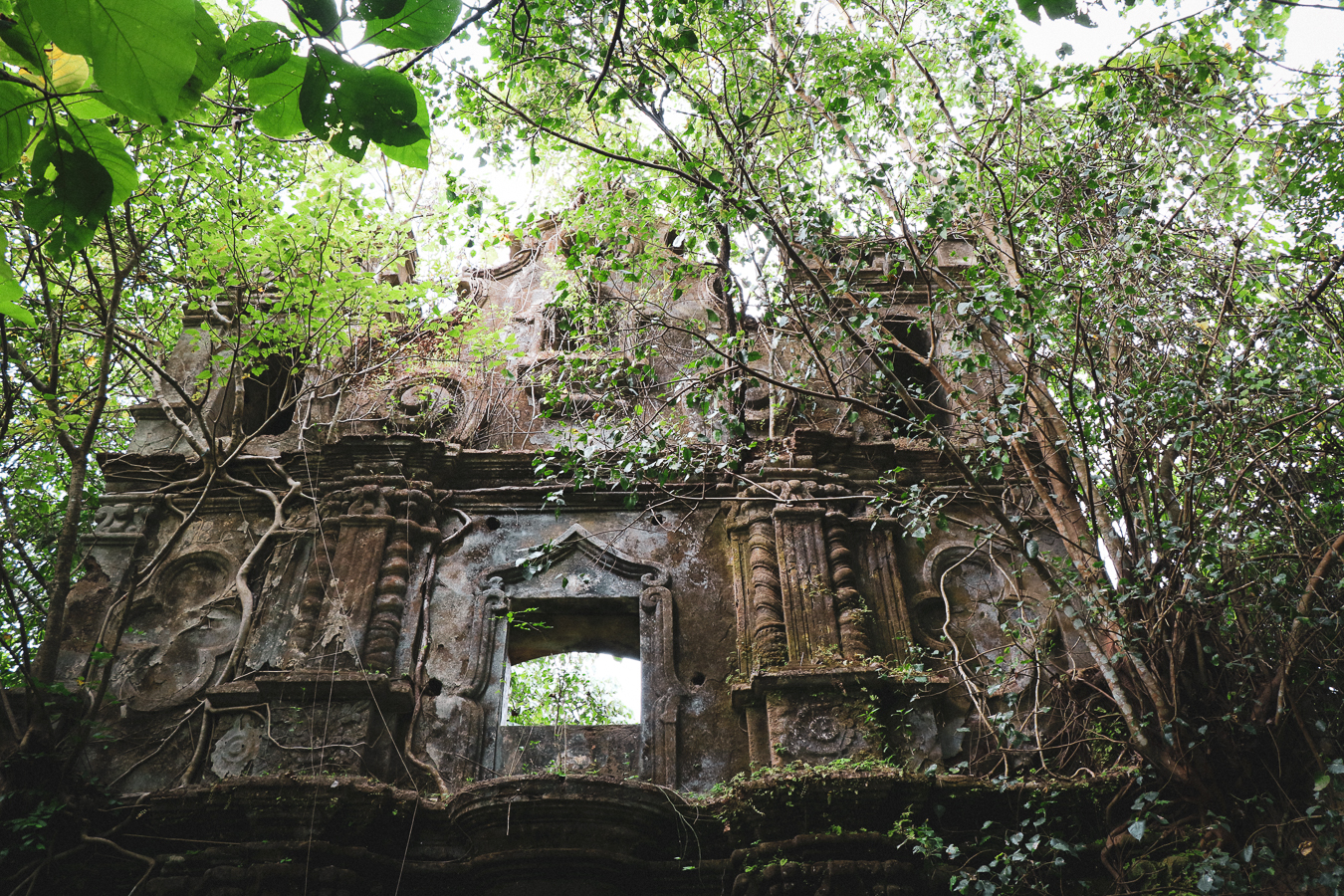If you happened to have drove through Rua dos Judeus lately, you would have noticed work in full swing at the Augustinian convent : Labourers carrying buckets of mud on their heads, masons assembling laterite blocks, officials pointing into the distance and mumbling something to themselves, trucks pulling up, workers carting away debris – the entire place buzzing with activity … but what exactly is happening?
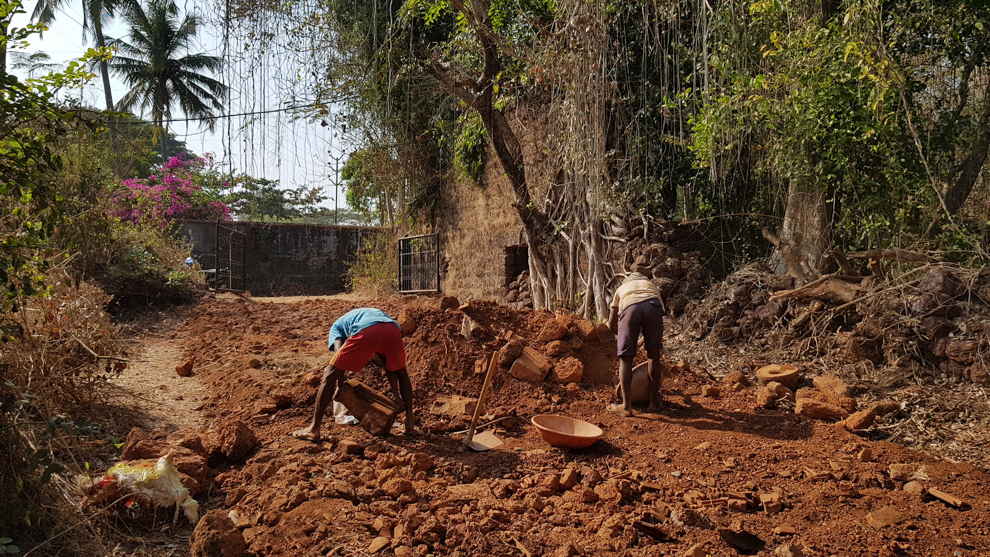
The Church and Convent of St. Augustine is a 400 year old site atop the Holy Hill in Old Goa, the old capital of the Goa. The Church – dedicated to Our Lady of Grace – was completed in 1610 but along with the Convent, fell into ruin after the expulsion of the religious orders in Goa in 1835. In 1986 though, it was classified as World Heritage by UNESCO. Scientific clearance of debris was carried out for the first time in the 90s by the Archaeological Survey of India (ASI – Mini Circle – Old Goa) to study the layout of the complex as well as to allow visitors in. However, this was just limited to a certain portion of the Church and Convent. Even today, several areas are off-limits to tourists and the general public.
This is all about to change.
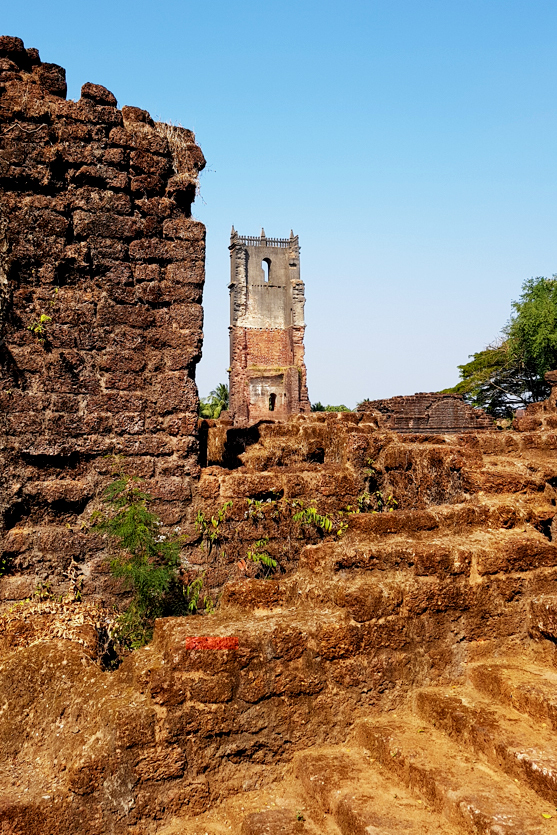
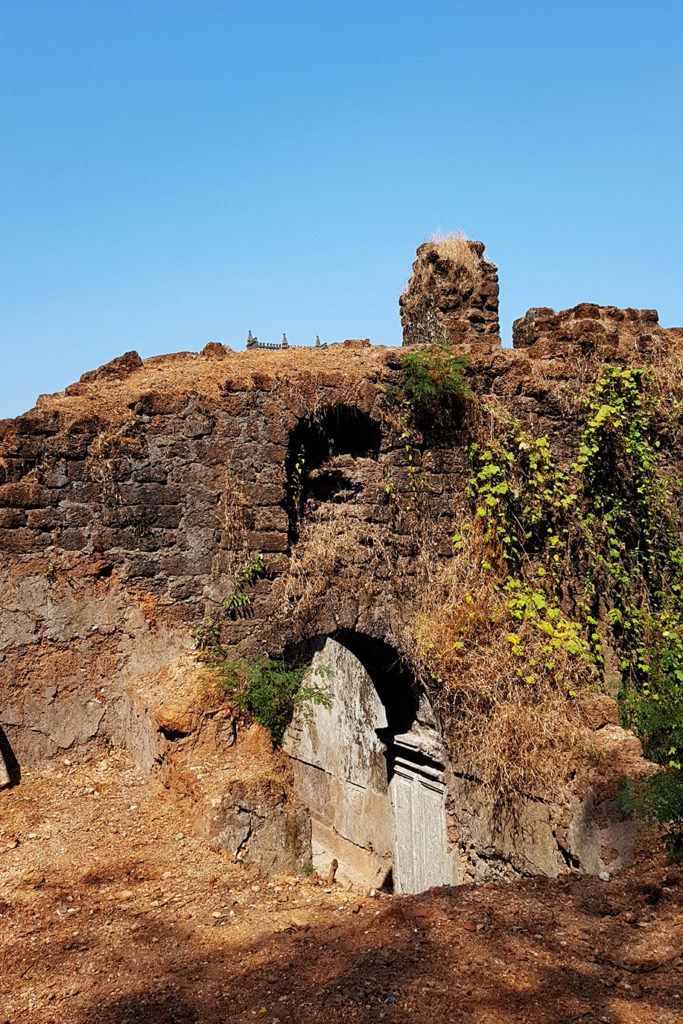
As part of the ADARSH Smarak Scheme by the Indian Government, The Augustinian convent is one of 100 heritage monuments in India chosen to be given an overall upgradation, and the sole entry from Goa. As part of the scheme, the selected monuments would be provided with necessary tourist facilities including washrooms, drinking water, signage, cafeterias, audio-visual centres, Wi-Fi, security, encroachment free areas, interpretation centres, water management system, etc.
The monuments will also be made disabled friendly. The effort is being made to provide above facilities and amenities at these Adarsh Monuments. Beside this the Swachch Bharath Abhiyan is also being implemented at these monuments ensuring cleanliness and healthy atmosphere within the heritage precincts.
ADARSH Smarak Yojana
New areas of the complex are now going to be made accessible to all, with a whole new circulation path. Scientific clearance of debris is currently being carried out near the second cloister of the Convent. As a major portion of it has weakened with time, it would be reconsolidated before being made open to public. Meanwhile, construction of a new block for toilets, waiting rooms and caretakers rooms is already underway at the front entrance gate.
The opening of new areas means people can venture further into the site and explore new nooks and corners, and better appreciate this piece of world heritage. An entirely new network of pathways is being created linking the old and new areas.

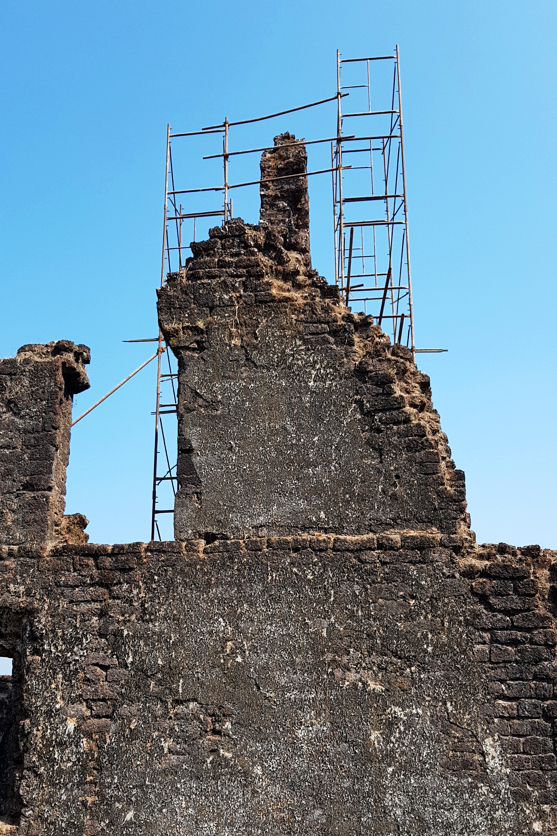


One of the most exciting features about the project is the extension into the archaeological park of Old Goa. A mud road has been prepared in this unchartered territory, refraining from using any asphalt and concrete so as to preserve the sanctity of the site. This new pathway would connect the visitor back to the front yard of the Church and is also part of the scheme for the visitor to experience the ruins from behind.
The whole idea is to make it a place where you can spend a lot more time than one currently does, and for visitors to Old Goa – to not just go to the two churches in the main precinct. We will be adhering to international conservation principles like – the use of like to like materials – we will make use of laterite, lime and teracotta
Rohini P. Ambedkar – Asst. Archaeologist, ASI Old Goa
ASI is now toying with the idea of an interpretation centre, the location of which is still uncertain as the clearance of debris is still in progress. According to them however, it would be appropriately located so that the disabled could also access it, as per the principles of the new scheme.

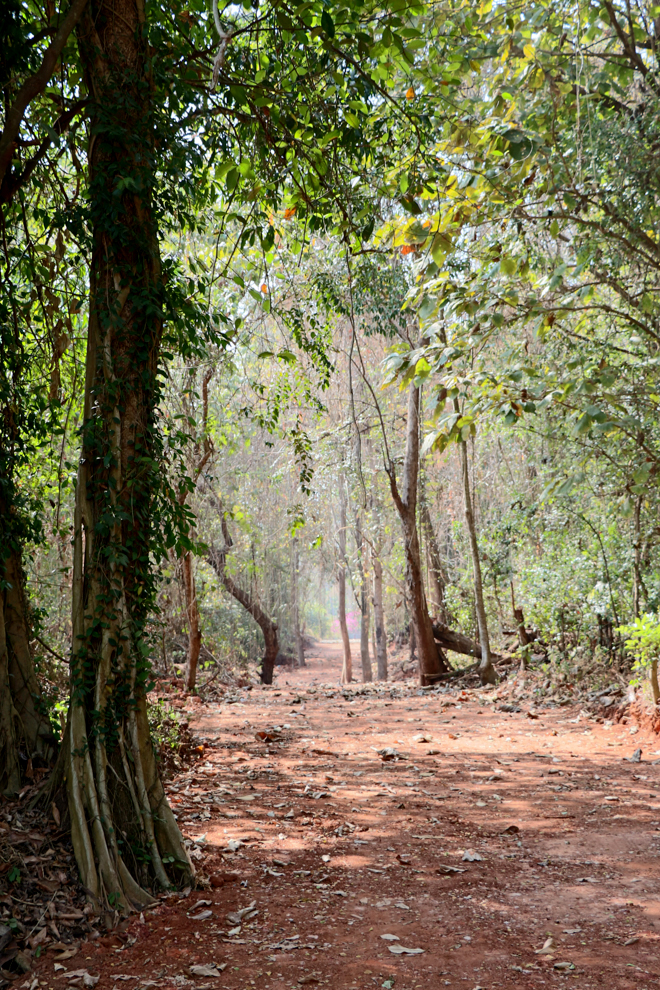
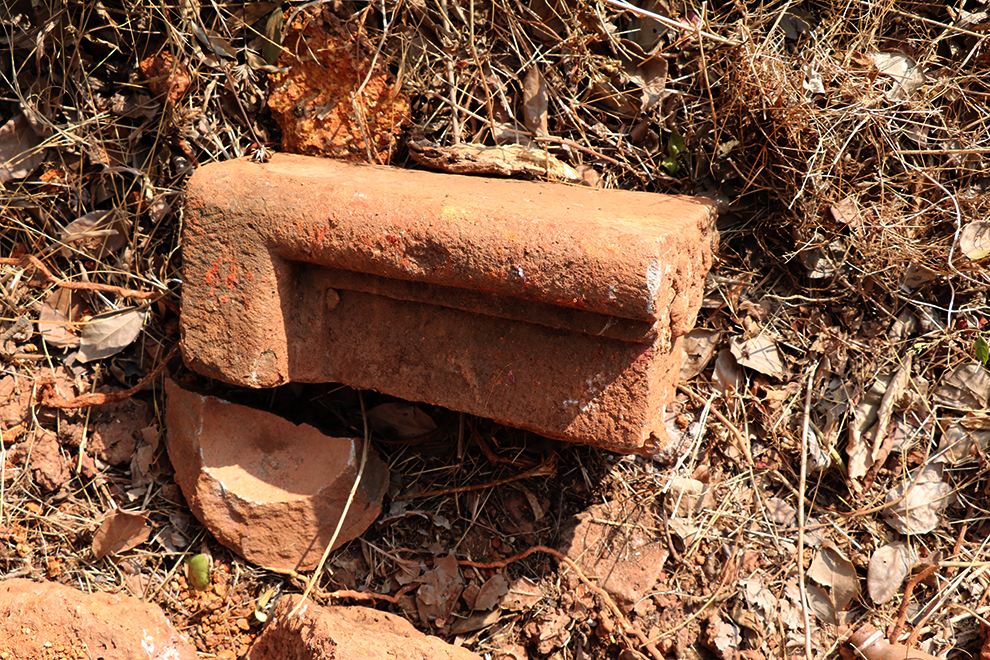
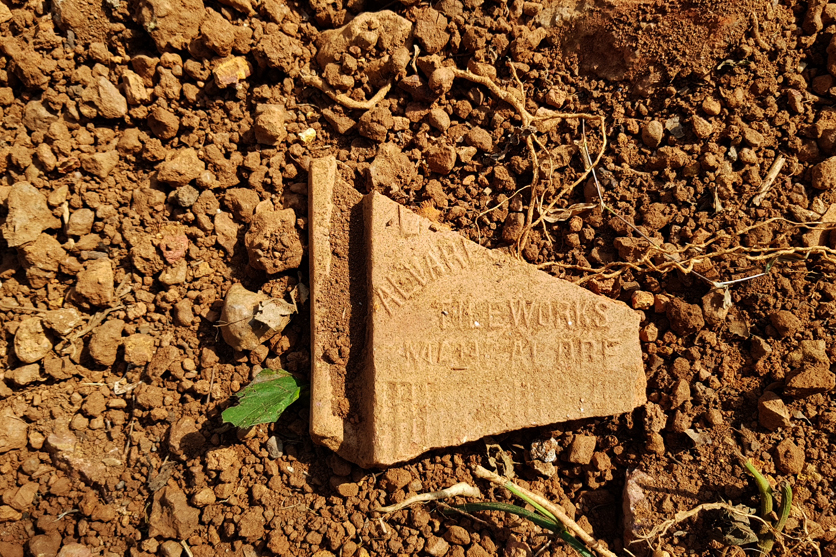
So what does the happenings at the Convent mean for the casual visitor, or the avid reasearcher? It certainly is bound to change, or rather broaden our horizon about the Augustinian Complex. For example, we will hopefully be able to see up close the remains of the stairway access which once led to the footbridge over the road to the College of St Populo which stands opposite. The remainder of the Convent certainly has a wealth of heritage waiting to be discovered and studied, and a lot of mysteries to uncover as well.
Come the end of 2019, the half-broken tower of the St. Augustine may not be the only symbol synonymous with the complex.




